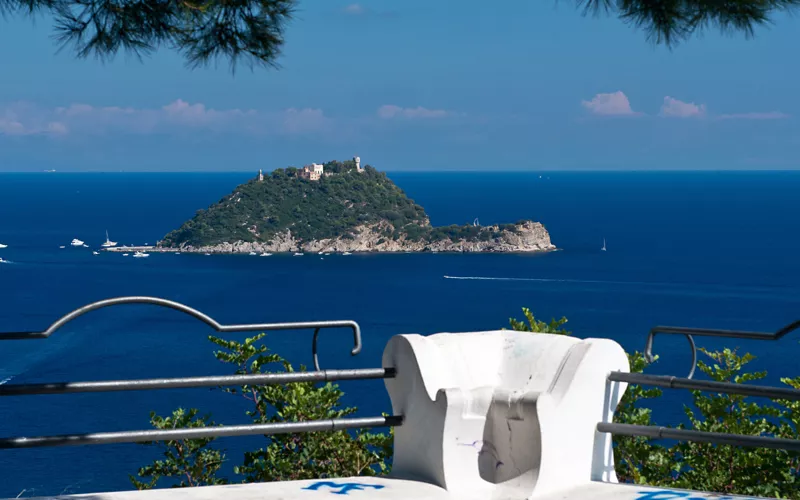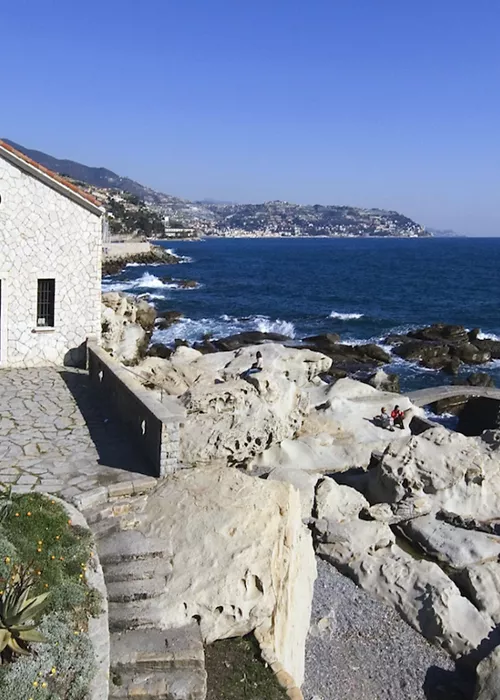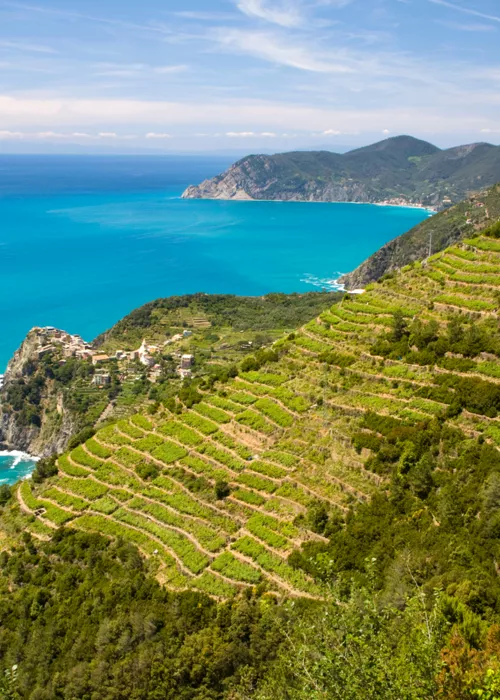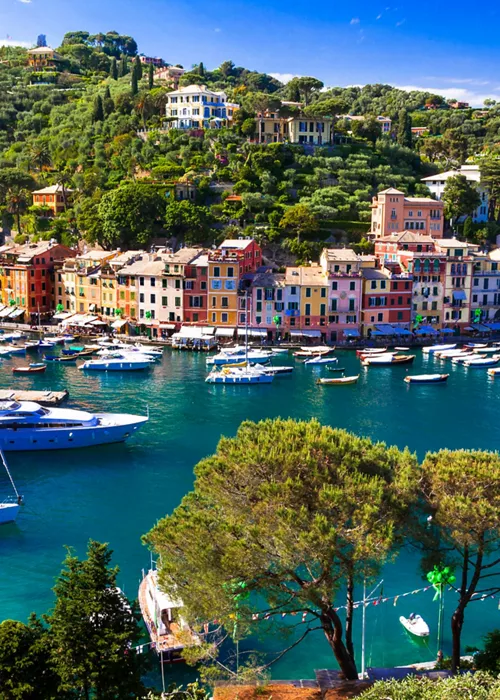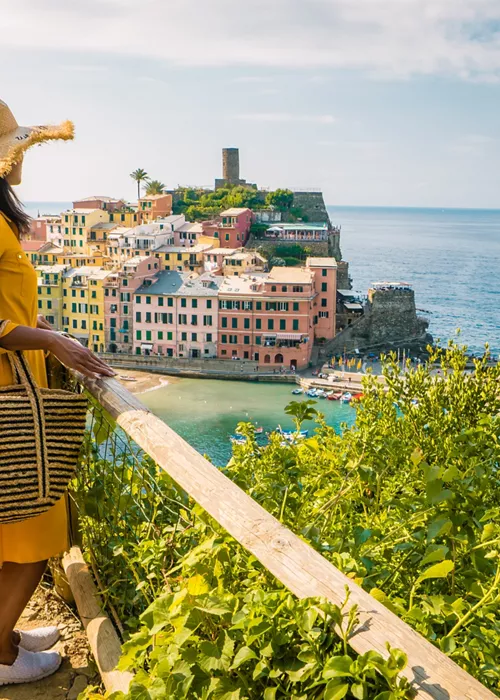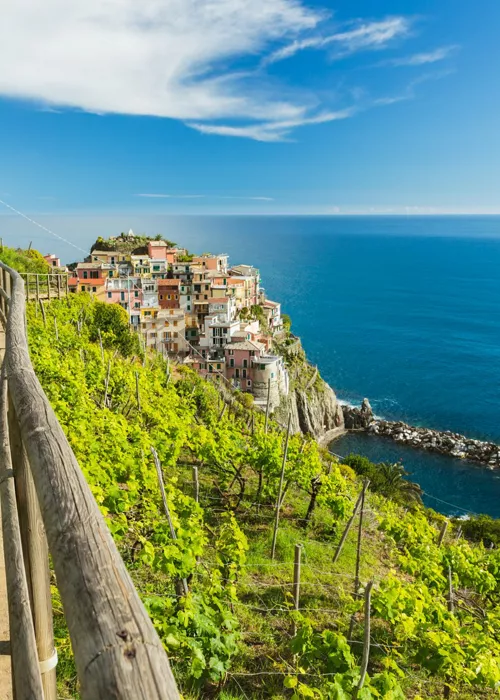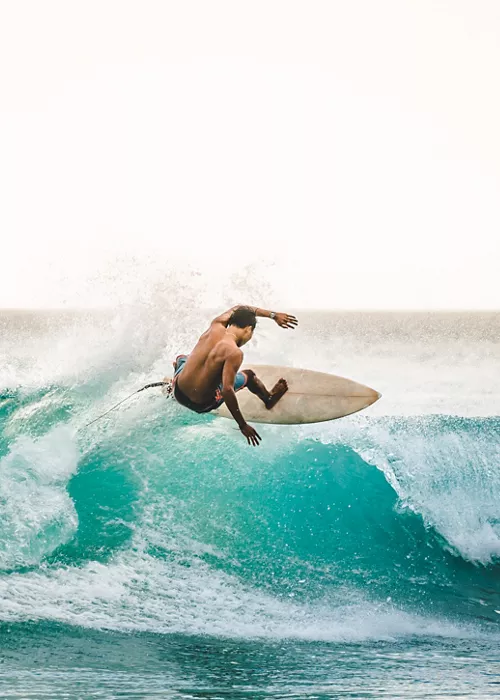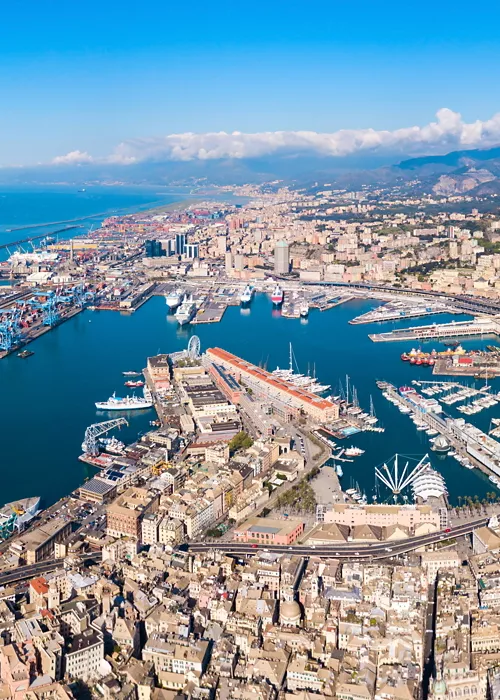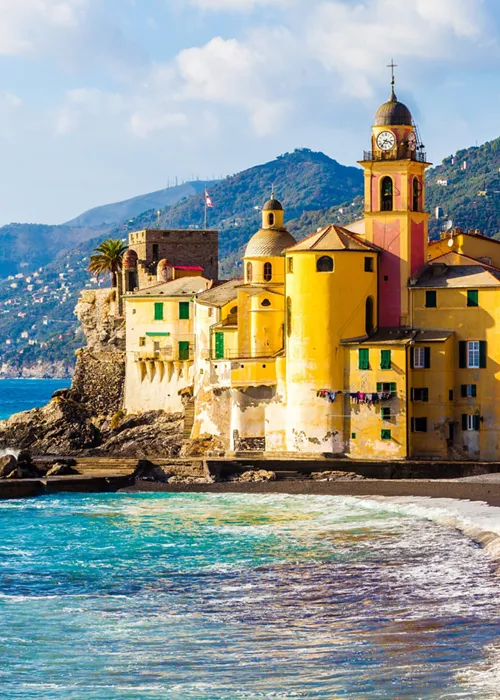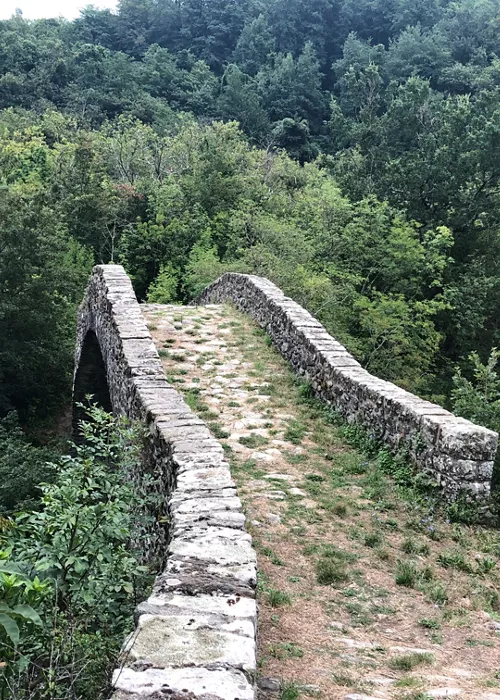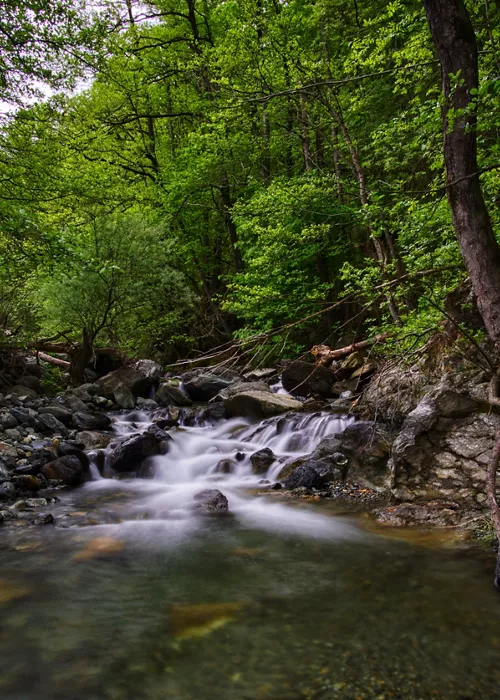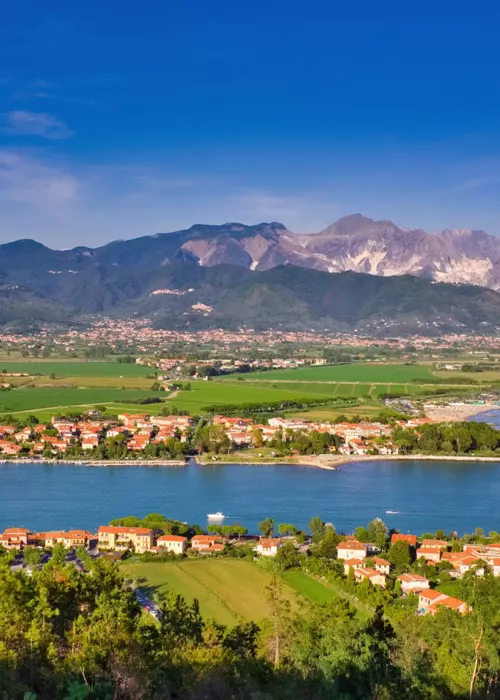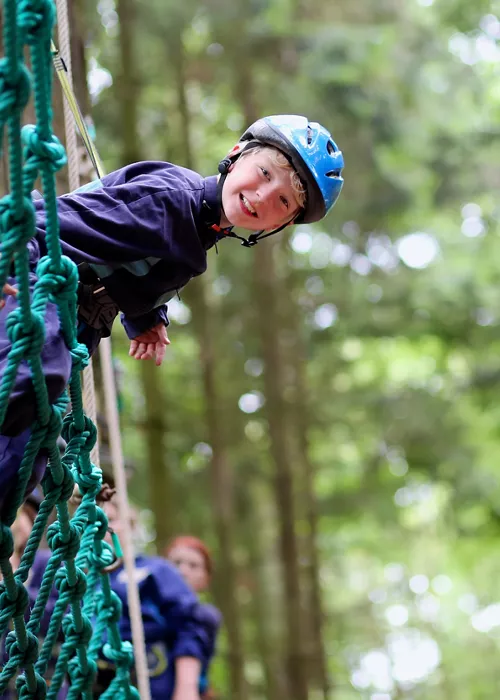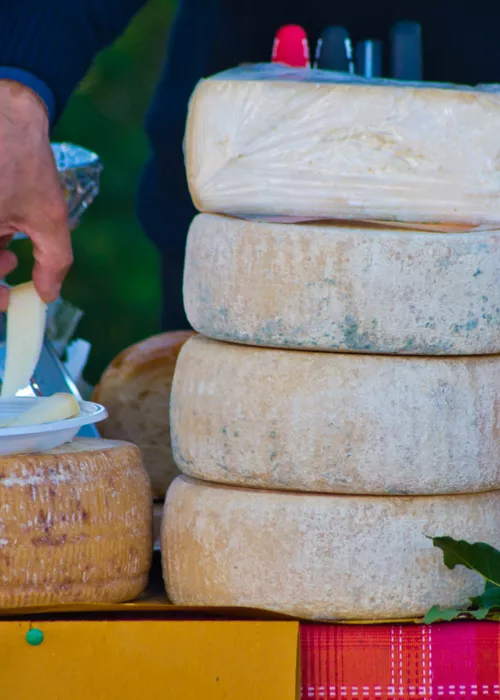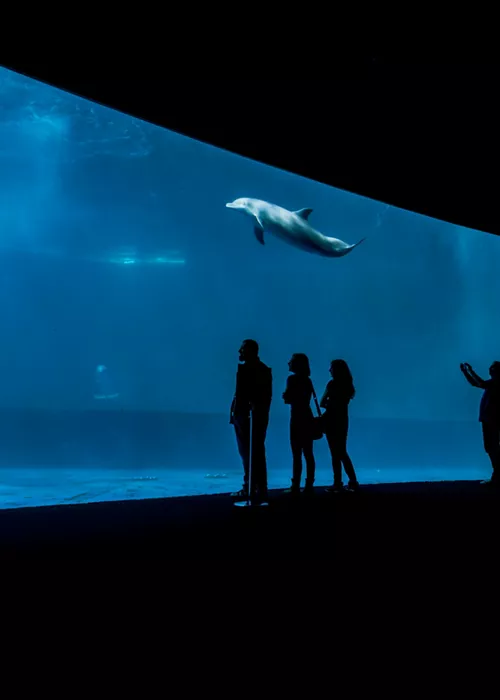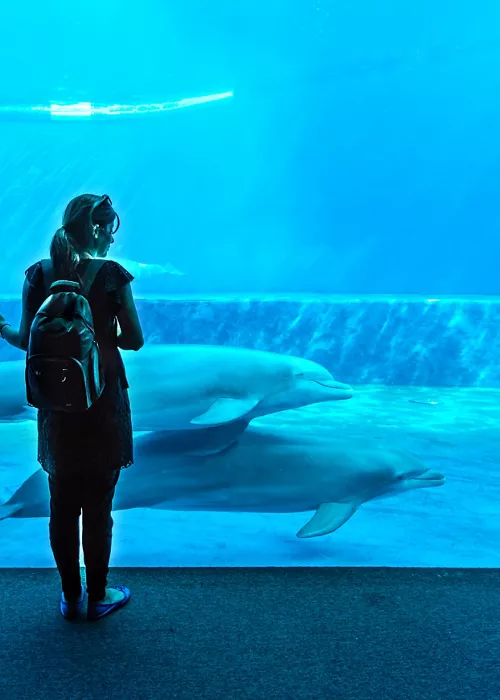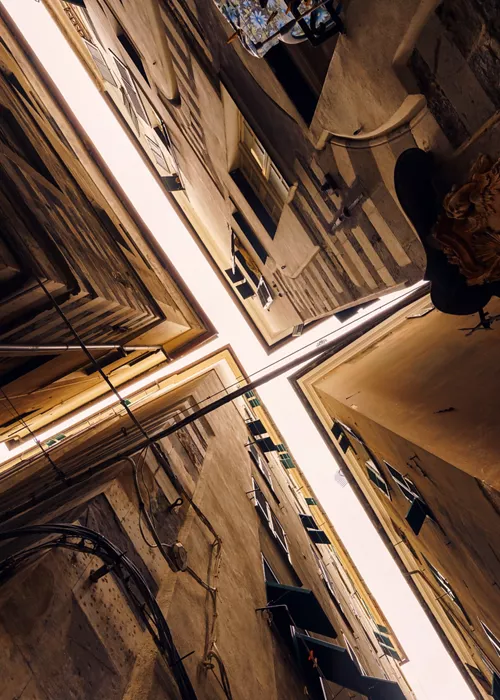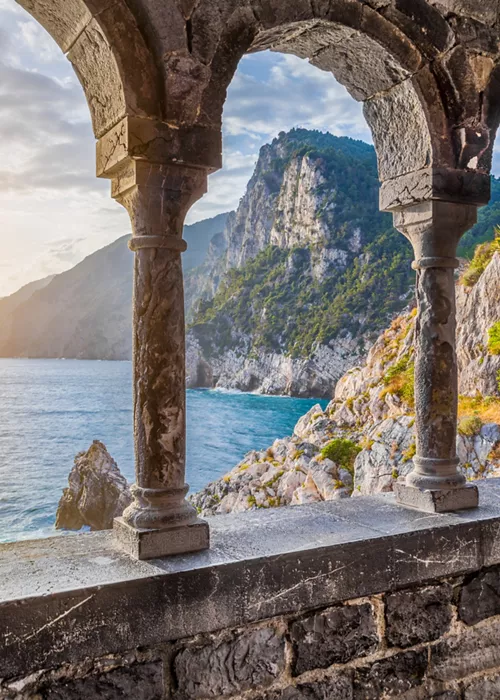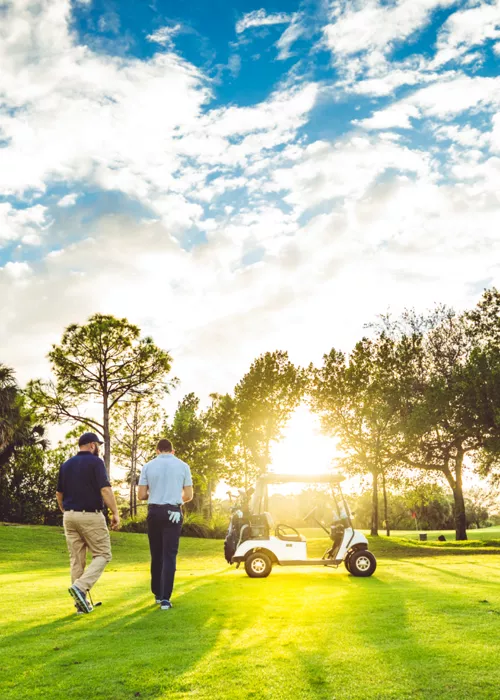In Liguria, the wonder of the Gallinara Island Nature Reserve
Ladies and Gentlemen, the Gallinara Island Nature Reserve. A protected marine area that on maps is just a dot: yet, on what is Liguria's only true island, wonder is in every corner.
One only has to look around to see a still unspoilt environment of incredible historical, environmental and cultural value.
For diving enthusiasts, then, this is a true paradise where they can look for the wrecks of ancient shipwrecks and caves guarding an incredible biodiversity.
A boat trip to see it up close
Located opposite Albenga, this jewel of the Riviera di Ponente is private and, therefore, tourist visits are not possible.
However, it can be admired from close range by taking a boat trip, during which you can perhaps explore the seabed by snorkelling: you will come face to face with the rich and varied marine fauna.
The reserve is one and a half kilometres away from the coast, from which it is separated by a channel of about 12 metres.
A legend that may be history
Legend has it that St Martin, Bishop of Tours, found refuge on the island of Gallinara. He settled in a cave facing the open sea, which for this reason still bears his name. This was a thesis that the Authority for Archaeological Heritage of Liguria advocated in the 1990s, conducting excavations along the south-eastern slopes of the island and in the San Martino cave that yielded important answers.
This area was certainly used both as a burial ground and as a place of worship from the 4th century AD onwards, and hermits stayed on the island for a long time. History suggests that a Benedictine monastery existed here in 500 AD and during the 8th century, the monks made it the seat of a powerful abbey. After a period of prosperity between the 10th and 12th centuries, decline began in 1473 and from the mid-1800s it became a private area. It has been part of the Protected Areas system of the Liguria Region since 1989.
Herring gulls and land tortoises
On the Island of Gallinara, herring gulls nest, especially on the high southern cliffs, and there are colonies of land tortoises.
Among the seabed, however, it is possible to see yellow sponges, sea daisies and, among the rocky cliffs, formations of the Coralligeno.
The northern part of the island is rich in Posidonia oceanica.
Where to experience the most spectacular dives
There are two diving spots on the island. The first is Punta Falconara or Christ the Redeemer: a second name that has existed since 1998, when a statue depicting a Christ was placed on these seabeds. Amidst sea daisies and benthic fauna, it is an easy dive to a maximum depth of 18 metres.
The second dive site is Punta Sciusciau: more exposed to currents, this dive will allow you to admire groupers, moray eels, octopus and scorpion fish. If you go deeper, around 30 metres, you will instead find numerous sea sponges.



